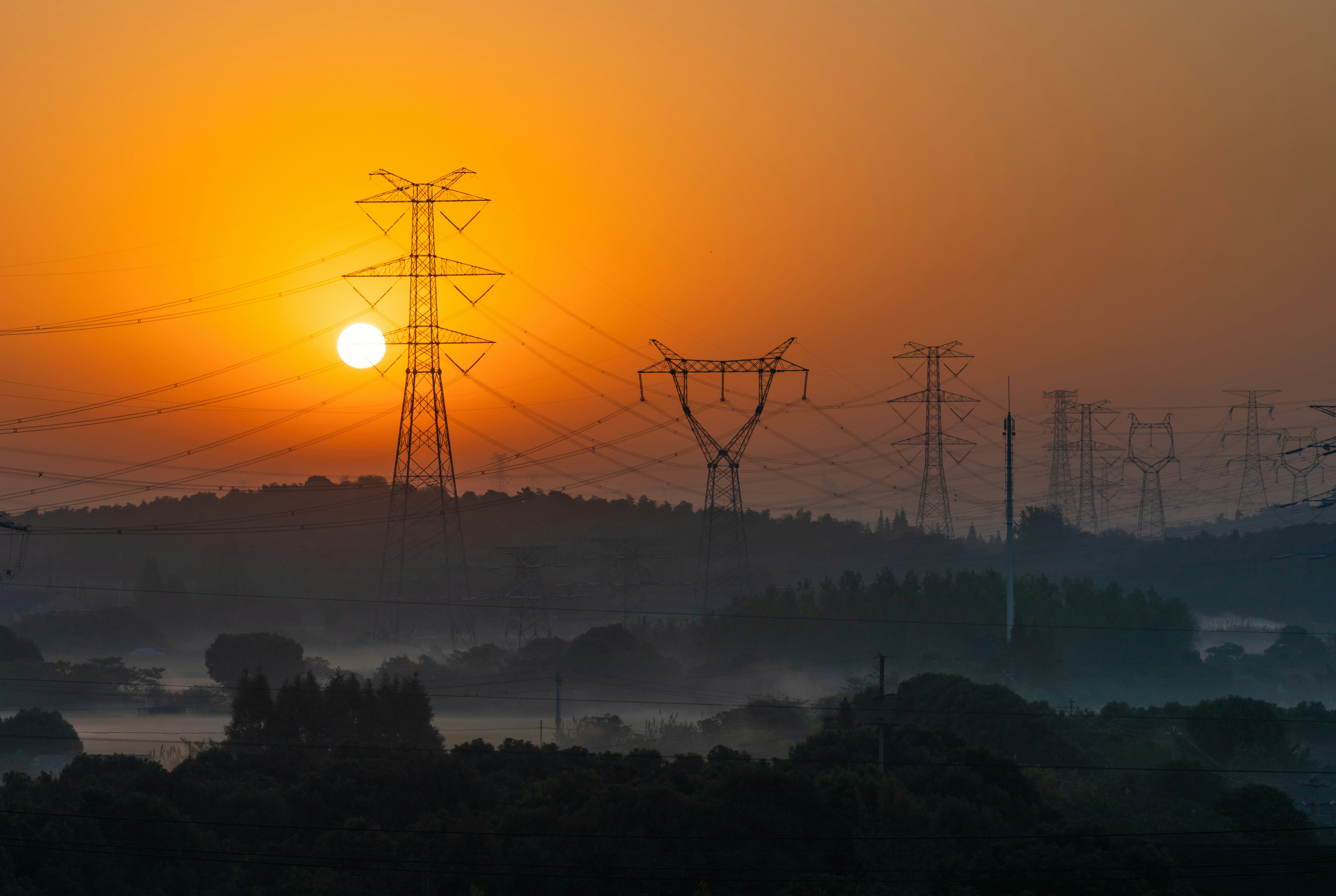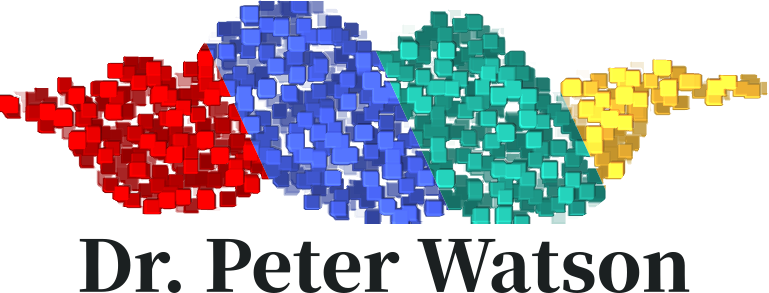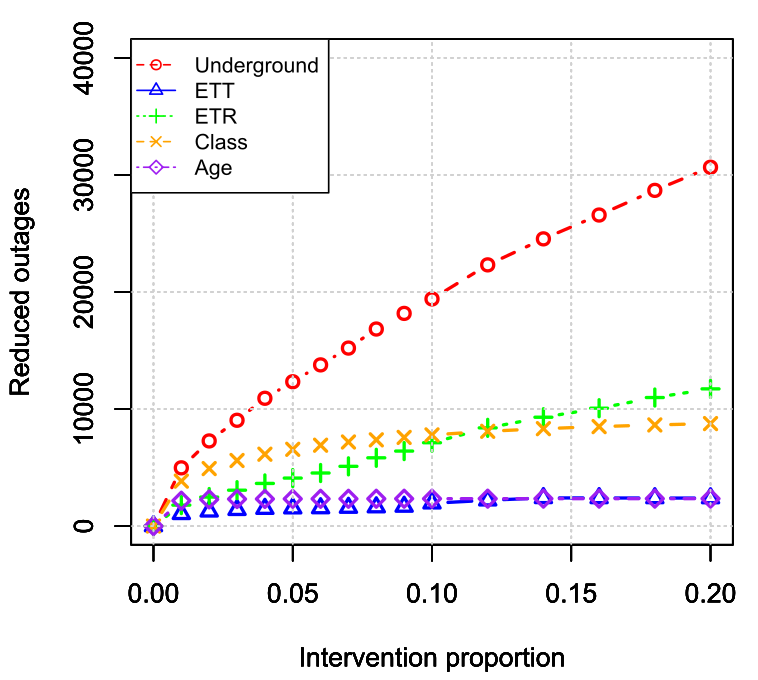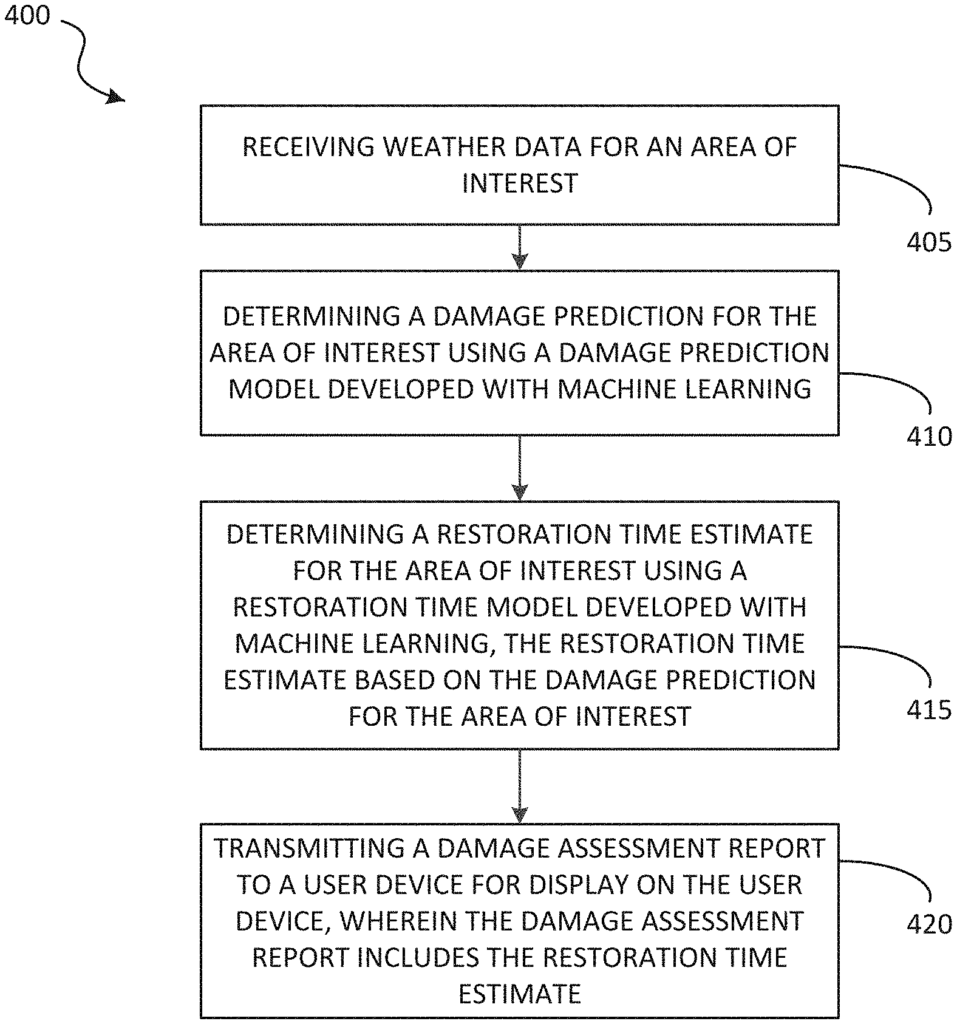
We’ve had a flurry of publications in advancing the understanding of the resilience of the power grid to extreme weather events in recent weeks! Hopefully these insights can be used to help improve the grid, so that we can all have reliable power even under climate change. The first paper describes a hybrid Machine Learning approach that integrates data from physical simulations to quantify the different levels of impact we can expect for different storms and infrastructural configurations [link]. This type of model has been used to evaluate proposed physical upgrades to the existing power grid and perform a cost-benefit analysis using real data from Connecticut [link]. This is a new type of planning for these types of projects, and can help make sure that the funding provided by the US Infrastructure Investment and Jobs Act is spent wisely. My co-authors and I firmly believe in the impact and novelty of this technology, and have even applied for a patent [link], as mentioned in a previous post. This work is just the beginning of the development of more sophisticated AI-powered digital twin models of the power grid that help us prepare for the future!


